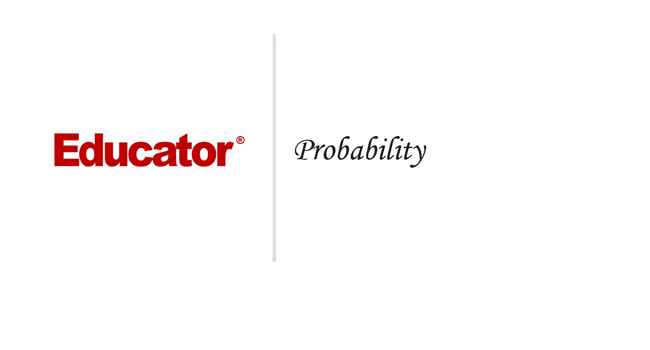Connecting...

This is a quick preview of the lesson. For full access, please Log In or Sign up.
For more information, please see full course syllabus of Basic Math
For more information, please see full course syllabus of Basic Math
Basic Math Probability
Lecture Description
In this lesson our instructor talks about probability. She discusses probability and provides example of it. Four complete extra example videos round up this lesson.
Bookmark & Share
Embed
Share this knowledge with your friends!
Copy & Paste this embed code into your website’s HTML
Please ensure that your website editor is in text mode when you paste the code.(In Wordpress, the mode button is on the top right corner.)
×
Since this lesson is not free, only the preview will appear on your website.
- - Allow users to view the embedded video in full-size.
Next Lecture
Previous Lecture










































 Answer Engine
Answer Engine



0 answers
Post by Jerry Wu on July 29, 2020
easy as pie
0 answers
Post by Zoe Chen on May 1, 2020
easy
0 answers
Post by Thomas Dong on March 2, 2020
too easy
0 answers
Post by Ramez Hajelsawi on March 27, 2013
i know this